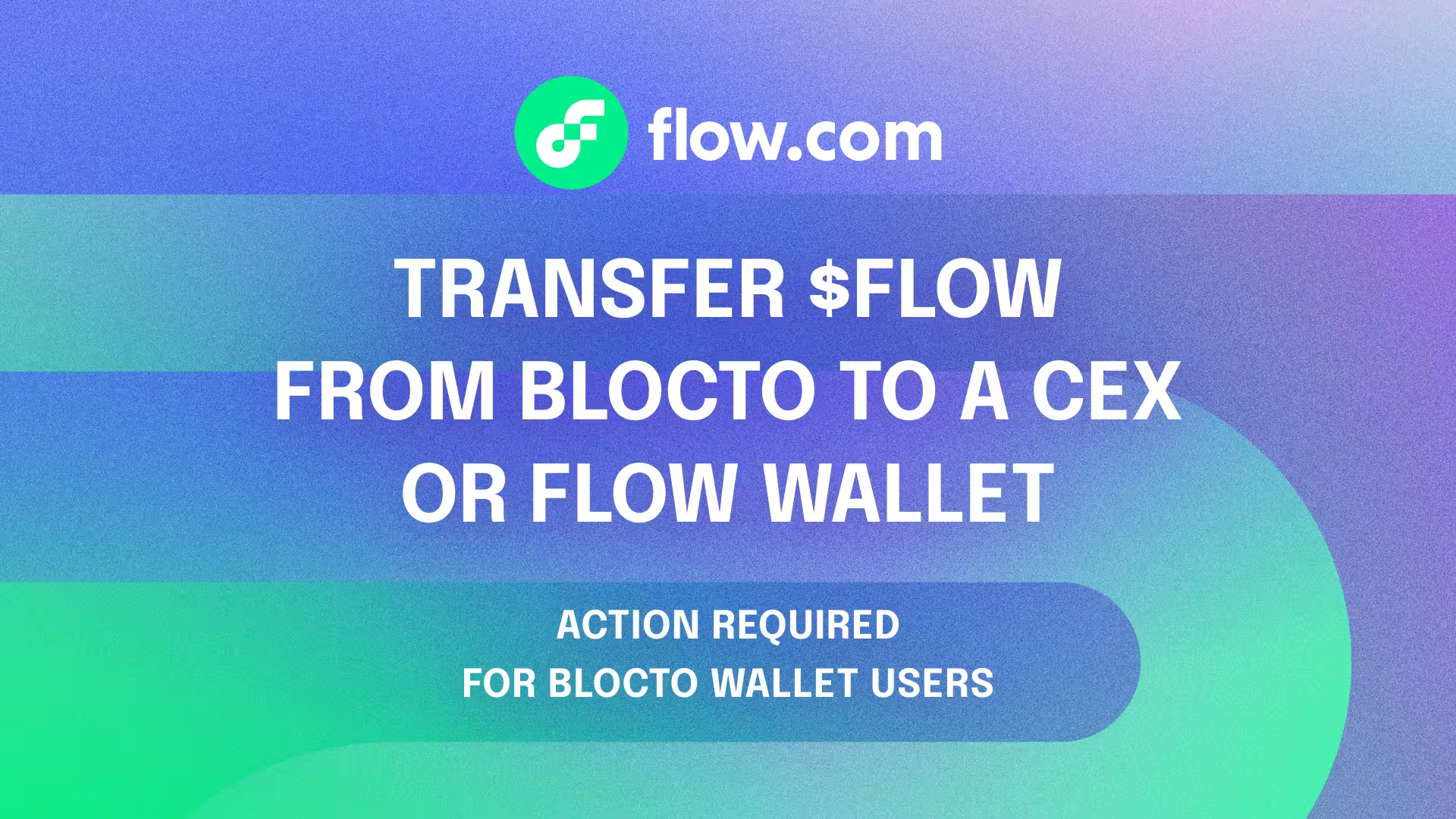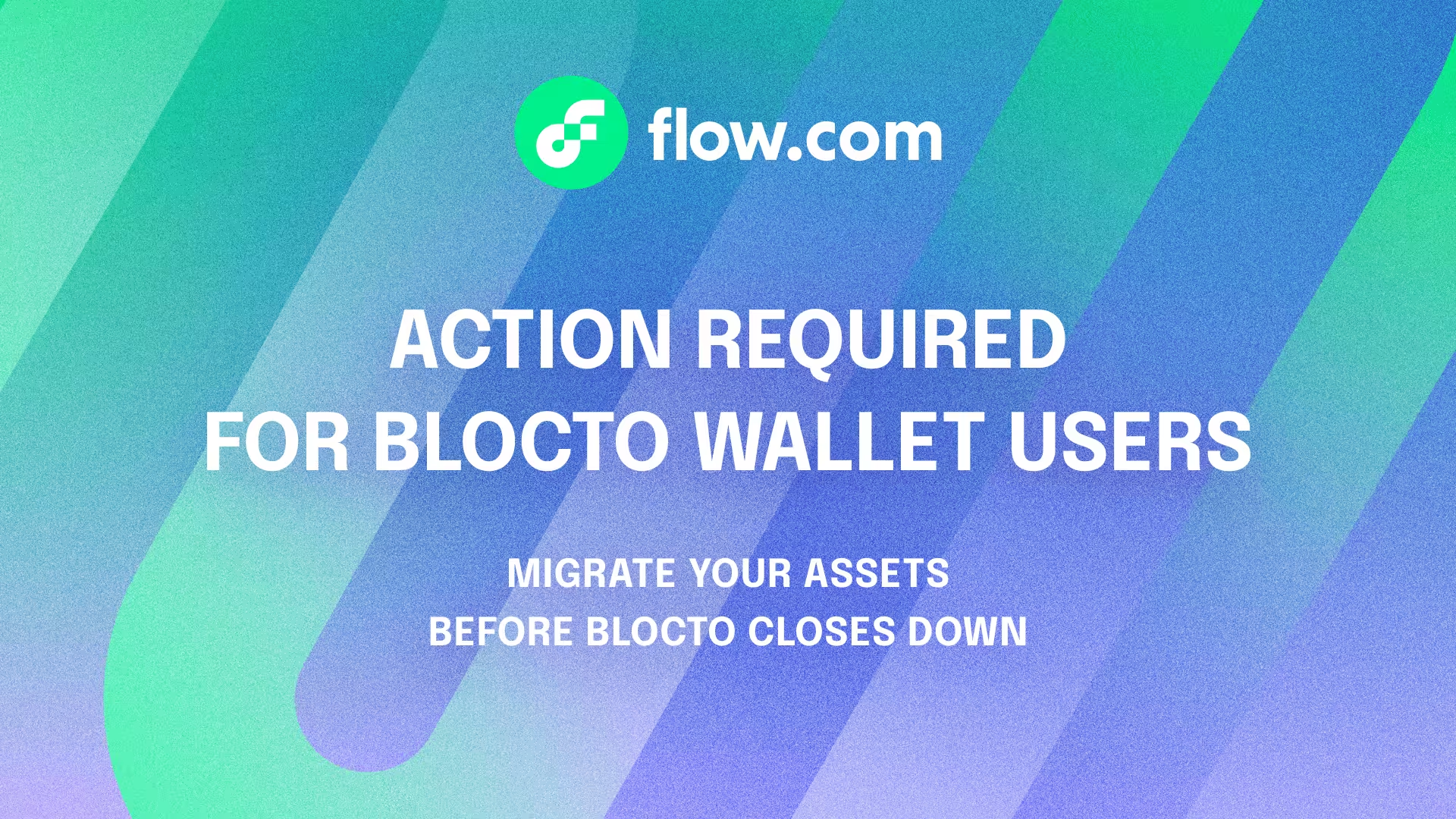
A year following the disclosure of the revised methodology for calculating the circulating supply of FLOW tokens (as detailed in our May 2022 blog post), this article aims to provide the community with an up-to-date account of the present state of FLOW's total and circulating supply. Furthermore, it aims to emphasize the notable alterations that have transpired throughout the past year.
What is classified as Total FLOW Supply?
Total FLOW Supply comprises all FLOW tokens that have ever been minted by the parent smart contract. Each week, the total FLOW supply grows by net new tokens issued during the epoch, which are used to reward validators and delegators for securing the network. Note that the number of new tokens issued by the protocol at the end of each epoch is equivalent to the target reward tokens for that epoch less any transaction fee collected during the epoch. See tokenomics overview and reward schedule for more.
What is classified as Circulating FLOW Supply?
FLOW tokens are considered in-circulation if they are not constrained from free transfer.
What is classified as “Locked” or “out-of-circulation” supply?
Locked supply = Total supply - Circulating supply
Locked tokens on Flow are FLOW tokens that have strict technical obstructions that restrict their free transferability. These tokens cannot be used for any economic activity other than staking, and are therefore not regarded as circulating supply.
FLOW supply at a glance
As of November 14, 2023, the total supply of FLOW tokens amounts to 1,469,831,716 FLOW, of which no tokens are now locked. Thus, the entire supply, i.e., 1,469,831,716 FLOW tokens on the date of publication of this post, are in circulation. The Flow team diligently maintains and updates their information services to ensure the accurate representation of supply on their platforms.
1. Pre-launch backers and community
In October 2022, precisely two years after the initial sale, all tokens allocated to pre-launch backers and the community sale were fully unlocked, adhering to the prescribed two-year lockup period.
2. Development team
The development teams’ token allocation amounts to 225,000,000 FLOW, which has been designated for distribution over a period of three years commencing in October 2020. As of October 2023, all 225,000,000 FLOW tokens are eligible for allocation to development team members without restrictions. It's important to note that these tokens will not be added to the publicly traded supply unless they are granted, typically with lockup and vesting provisions in place.
3. Ecosystem Reserve
a. Tokens allocated to this pool are not subject to any transfer restrictions and so are considered circulating in line with industry standards. A majority of the Ecosystem Reserve is yet to be distributed and will be used for Ecosystem Development by the Flow Foundation.
b. The collateral reserve - originally consisting of 125,000,000 locked FLOW tokens - has been integrated into the broader ecosystem reserve. Consequently, these tokens now form part of the circulating supply.
4. Staking Rewards
All FLOW token rewards ever paid out to validators and delegators are fully circulating.
Last Word
Since May 2022, the total supply of FLOW tokens has increased from 1,349,400,000 FLOW to 1,469,831,716 FLOW, while the circulating supply has increased from 1,036,200,000 FLOW (77% of total supply) to 1,469,831,716 FLOW (100% of total supply). It's important to understand that these changes are part of Flow's dynamic Tokenomics framework, with various mechanisms in place to ensure FLOW token utility.
Flow offers a range of mechanisms for FLOW token utility, including staking, storage deposits, transaction fees, collateralization, and governance. These mechanisms provide a sink or utilization for FLOW tokens, helping maintain the ecosystem's balance and security. In essence, these mechanisms not only encourage holding FLOW tokens but also ensure their continued relevance and value within the Flow network. It's crucial to emphasize that Flow's design is structured to provide both token holders and the community with a robust and sustainable ecosystem. This post aims to offer the latest information, fostering transparency and knowledge sharing within the Flow community, while also highlighting the essential role of these utility mechanisms.


















